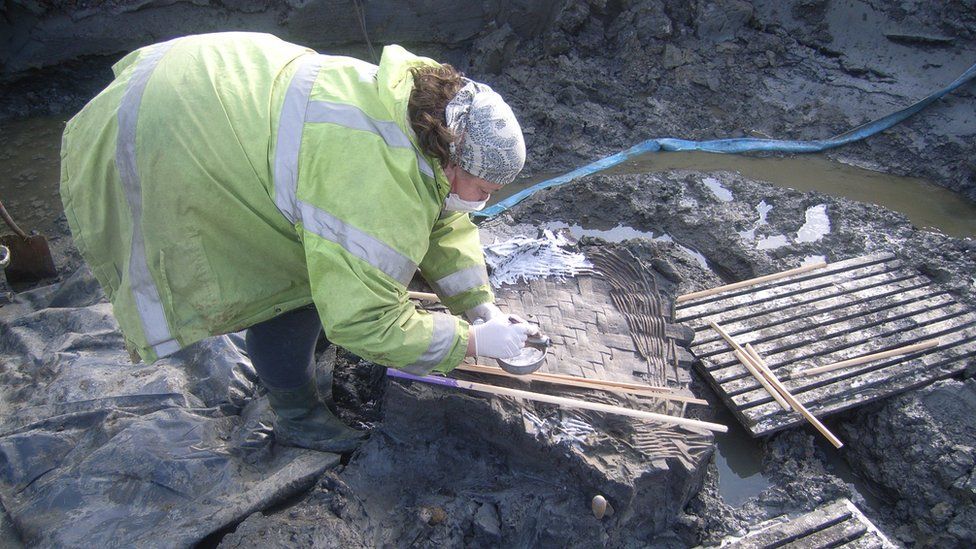estimated to be around 1,700 years old is believed to be the only of its type in the world, after scientists found it still had liquid inside.
saying at the time that it was a “genuinely unique discovery”.
broke three other eggs which released a “potent stench”, but a fourth egg remained intact.
Experts from Oxford Archaeology think the waterlogged pit may have been used as a sort of Roman wishing well.
Now, a micro scan has found that the egg still contained the yolk and egg white and is believed to be the only intact egg from the period.

Edward Biddulph, senior project manager at Oxford Archaeology who oversaw the excavation, said: "We were absolutely blown away when we saw the contents in there, as we might have expected them to have leached out."
The recent work has been carried out by conservator Dana Goodburn-Brown, who took the egg for further analysis at the University of Kent.
"It produced an amazing image that indicated that the egg, apart from being intact - which is incredible enough - also retained its liquid inside, presumably deriving from the yolk, albumen etc," said Mr Biddulph.
It has also been taken to London’s Natural History Museum, where Douglas Russell, the senior curator of the museum’s birds, eggs and nests collection was consulted about how to conserve the egg and remove its contents.

Mr Biddulph said: "As we found out when we visited the Natural History Museum, [it] appears to be the oldest known example in the world."
The archaeologist admitted that it was "a bit daunting walking around London with a 2,000-year-old egg".
"And it was a bit hairy on the Tube - although it was well protected - it’s not like I was carrying it around in my pocket."
The egg is now being housed at Discover Bucks Museum in Aylesbury while work continues to discover how to extract the inside without breaking the delicate shell.
"There is huge potential for further scientific research and this is the next stage in the life of this remarkable egg,” Mr Biddulph said.
.


Post a Comment
0Comments